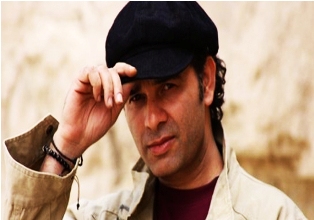The recent developments on the economic front in India are very encouraging. With an alleviation of headline and manufacturing inflation the long pending demand of the government of India especially the Finance ministry and industrialists for a rate cut seems to find acceptance with RBI in the days to come. The tussle between RBI Chief D.Subbarao and Finance minster P.Chidambaram for the past few months has attracted lots of eyeballs.
There is a strong possibility that RBI would shift its approach from controlling inflation to fuelling growth in its third quarter policy review on 29th January, 2013.
The central bank has been constantly struggling to curtail inflation for the last three years and rejected appeals from government for a rate cut almost five times since April’s 50 bps.The rationale was that any impulsive cut could stimulate inflation further.
RBI is persistently insisting the government to trim down its expenditure especially on the subsidies front.
Wholesale Price Index (WPI) the foremost indicator of Inflation was down to 7.18% in December, 2012 from 7.24% in November, 2012. Fuel inflation also trimmed down to 9.38% from 10% in November, 2012. Though, retail inflation increased to 10.56% in December as compared to 9.9% in November in 2012 but the situation is under control on the overall perspective. As per the economists, considering the present scenario in the commodity market; the headline inflation would be at 6.5% in FY14.
The major thrust to the expectations in a rate cut came up with the government’s bold decision recently to suspend the realization of the controversial General Anti-tax Avoidance Rules (GAAR) law by two years. As a result, the Sensex and the Nifty rose more than 1% on 14th January, 2013 to a record breaking two year high, booming banks and property shares and instilling confidence among the bourse investors. The stock market recorded the highest gain since 6th January, 2011.The recent decisions by the central government to curb its spending have also gone down well with the stance of RBI therefore, increasing hopes of rate cut soon. The decision to adjust railway fares and the anticipated assessment of fuel prices has indicated its commitment to contain fiscal deficit.
The other indicator that might prove useful in anticipating RBI’s decision is the decrease in the bond yields. The yield on the 10-year benchmark government bonds fell to a 31 month low on the confidence that the central bank would cut interest rate by 50-bps in the coming days. On 14th January, 2013 the yield on the 10 year benchmark bond ended at 7.8% in comparison to the last close of 7.87%.The yield declined to these levels on the last occasion on 29th June, 2010 at 7.79% and within a month RBI cut the rates by 34 bps.
This could enable RBI to loosen monetary policy to revive growth that is presently hovering at a decade low figure of 5.5% in the current fiscal year. India needs a strong push in growth at the moment and it could only be delivered by a rate cut at the earliest. Any delay in achieving the momentum in growth could be detrimental to the interests of our already struggling economy.
Therefore; we should not wait for the time when the “I” for India in BRICS gets replaced by Indonesia, as widely anticipated.
A mechanical engineering graduate with a post graduation in marketing and sales, Ashish has combined professional experience of more than 4 years.
Ashish is a great fan of Martin Scorsese. He loves to write poetry in his spare time.
He lives in Shimla.


